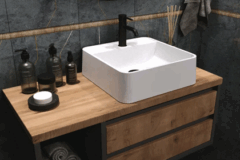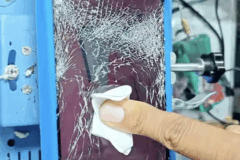The impact of climate on the service life of a roof
The lifespan of a roof is never determined by materials alone — climate plays an equally important role. From scorching sun to heavy rain and snow, weather conditions directly influence how fast roofing systems age.
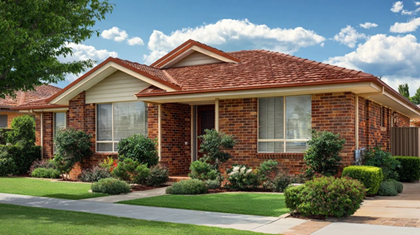
Even the most durable roofs can wear down prematurely if exposed to extreme environments without proper care. Hot climates cause thermal expansion, while cold climates bring ice dams and freeze-thaw cycles. Coastal areas face salt corrosion, and windy regions deal with uplift and material displacement. These variations make it clear that roofing performance depends heavily on location. Homeowners who understand climate effects can choose materials better suited to their environment. Ignoring this factor often leads to higher maintenance costs and shorter service life. This article explores how different climates impact roofing and what homeowners can do to protect their investment.
How Heat and Sunlight Affect Roofs
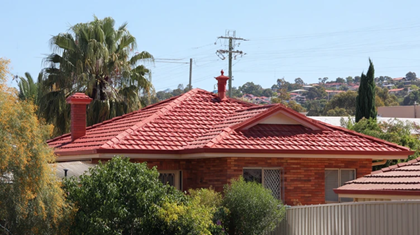
In hot and sunny regions, roofs are under constant stress from UV radiation and high temperatures. Prolonged exposure breaks down protective coatings, causing shingles to curl and colours to fade. Thermal expansion and contraction weaken seals and joints, increasing the risk of leaks. Metal roofs may become extremely hot, though reflective coatings can mitigate this effect. Clay and concrete tiles perform better in these conditions thanks to their natural heat resistance. Attic ventilation is critical in hot climates to reduce heat buildup and energy costs. Without proper ventilation and reflective surfaces, roof lifespan is significantly reduced. Learn more: https://www.tumblr.com/darrencormack .
Key impacts of heat and sunlight:
- UV rays breaking down protective layers.
- Curling or cracking of shingles.
- Thermal expansion weakening seals.
- Colour fading and reduced aesthetics.
- Increased indoor cooling costs.
- Shorter overall lifespan.
By choosing reflective materials and maintaining ventilation, homeowners can reduce heat-related damage and extend roof service life. Find out more: https://vocal.media/authors/sojoso9469 .
The Challenges of Cold and Snowy Climates
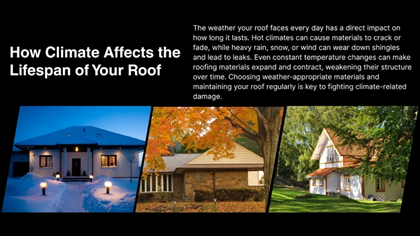
Cold weather introduces a completely different set of challenges. Snow accumulation adds weight that stresses roof structures, especially on flat or low-slope roofs. Freeze-thaw cycles cause water to seep into cracks and expand as it freezes, worsening damage. Ice dams form when snow melts unevenly, trapping water under shingles. Metal roofs often shed snow more effectively, but they still need proper insulation and sealing. Slate and tile roofs perform well in cold climates if installed with appropriate underlayment. Without preventive measures, roofs in snowy areas face early deterioration.
Table: Climate Types and Their Effects on Roofs
| Climate Type | Typical Risks | Materials That Perform Well |
| Hot & Sunny | UV damage, heat expansion | Metal with reflective coatings, clay tiles |
| Cold & Snowy | Ice dams, freeze-thaw cycles | Slate, tile, metal with strong underlayment |
| Coastal | Salt corrosion, high humidity | Colorbond steel, treated metal, concrete |
| Windy/Storm-Prone | Uplift, shingle displacement | Metal panels, interlocking tiles |
| Humid/Tropical | Moss, algae, moisture damage | Metal, clay, concrete, treated shingles |
| Temperate | Moderate wear, seasonal changes | Most standard roofing materials |
Coastal and Humid Conditions
Homes near the ocean or in tropical climates face constant exposure to moisture and salt. Salt accelerates corrosion in untreated metal roofs, while humidity fosters moss and algae growth. Wooden shingles often rot quickly in these environments. Properly coated metal, clay, or concrete tiles tend to perform best. Regular cleaning and treatment are necessary to prevent mold and mildew. Ventilation also helps reduce trapped humidity in the roof structure. Homeowners in these areas must invest in resistant materials to ensure durability. Explore additional information on the site: https://profiles.xero.com/people/darrencormack .
The Role of Wind and Storms
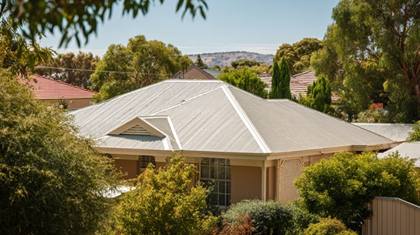
Strong winds and storms are another major factor in roof wear. High winds can lift shingles or tiles, leaving areas exposed to water infiltration. Storms often bring debris that dents or punctures roofing surfaces. Hurricanes and cyclones can cause catastrophic roof failures if materials are not properly secured. Metal roofing and interlocking tile systems are particularly effective in wind-prone areas. Proper fastening systems and reinforced underlayment further reduce risks. Insurance companies often require specific standards for homes in storm zones.
Wind and storm-related risks:
- Shingle displacement and uplift.
- Flying debris causing punctures.
- Water infiltration through exposed areas.
- Structural failure in severe storms.
- Higher insurance premiums.
- Increased repair frequency.
Taking preventive steps, such as reinforced installation, significantly improves performance in storm-prone climates.
How Climate Accelerates Aging of Materials
No matter the material, climate exposure accelerates natural aging. Shingles lose granules faster in hot climates, while moisture shortens the life of untreated wood. Metal corrodes in salty or humid air, and tiles crack under freeze-thaw cycles. Aging roofs lose energy efficiency, increasing heating and cooling costs. Regular inspections are necessary to monitor wear and plan timely replacements. Warranties may also vary depending on climate, as manufacturers recognise different stress levels. Understanding how climate accelerates wear helps homeowners prepare financially and structurally for eventual replacement.
Adapting Maintenance to Local Conditions
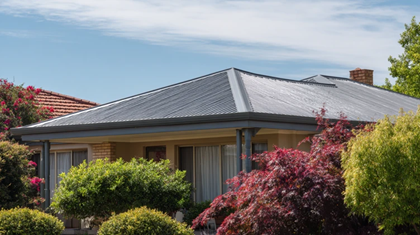
The key to roof longevity is tailoring maintenance schedules to local climate. In hot regions, reflective coatings and ventilation reduce heat stress. In snowy areas, regular removal of heavy snow prevents structural strain. Coastal homes require frequent washing of metal surfaces to prevent salt corrosion. Storm-prone areas benefit from pre-season inspections and reinforced fasteners. A one-size-fits-all maintenance approach rarely works. Customising care based on environment ensures the best possible return on investment.
Climate is one of the most important factors influencing roof service life. Heat, cold, humidity, salt, and wind all create unique challenges that shorten durability. The best approach is to select materials suited to the local environment and adapt maintenance accordingly. Reflective coatings, ventilation, sealing, and cleaning all extend lifespan in different climates. Ignoring these factors often leads to costly repairs and premature replacements. A roof is more than a covering — it is a system that must respond to the weather around it. Homeowners who adapt their choices and care strategies enjoy stronger, longer-lasting roofs. Ultimately, understanding the climate’s impact ensures comfort, protection, and better long-term value for any property.
